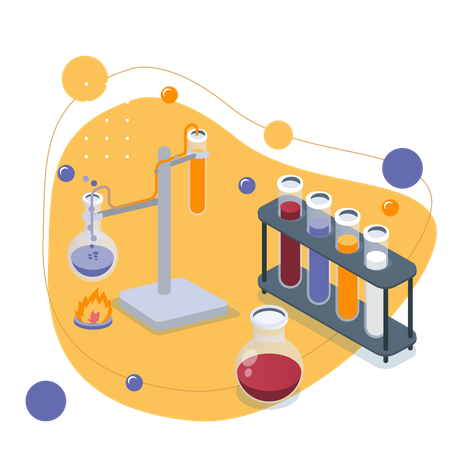Properties of Giant Covalent Structures (GCSE Chemistry)
Covalent Bonds
Covalent bonds are found in many substances and these can form different structures which can be split into three main categories:
- Simple Molecular
- Polymers
- Giant Covalent (Macromolecular)
Giant Covalent Structures (macromolecules)
- A giant covalent structure is where a large number of atoms are joined by covalent bonds. A giant covalent structure involves lots of covalent bonds present between several atoms in a regular pattern forming a giant lattice. As lots of covalent bonds are present in the compound, the structure is extremely strong. It is called a macromolecule.
- As carbon has 4 electrons in its outermost shell, it can form 4 covalent bonds. Each carbon atom has an outermost electron shell with 4 electrons. This means that each carbon atom needs to gain 4 more electrons to gain a full outer shell of electrons. The carbon atoms gain a full outer shell through covalent bonds in which they form two macromolecular structures: graphite and diamond.
Properties of Giant Covalent Structures
- The physical properties of a giant covalent substance is determined by its structure. The strength of the covalent bonds between the atoms in a giant covalent structure determines the melting and boiling point of these structures. The covalent bonds are extremely strong and require a lot of energy to overcome.
- Giant covalent structures have high melting and boiling points. The melting and boiling points of giant covalent structures is really high because of the covalent bonds that hold the atoms together. These covalent bonds are extremely difficult to overcome when giant covalent structures are melted and boiled. A large amount of energy is needed to break these many, strong covalent bonds therefore a high temperature is required.
- Giant covalent structures do not conduct electricity. These giant covalent structures are poor conductors of electricity because they do not have an overall charge or free electrons to conduct electricity through the molecule. However there is an exception – graphite which we will discuss soon.
Examples of Giant Covalent Structures
- diamond
- graphite
- silicon dioxide
FAQs
When a large number of atoms are joined by covalent bonds, it creates a giant covalent structure. A giant covalent structure has lots of covalent bonds linking several atoms in a regular pattern, which forms a lattice.
These structures have high melting points due to the covalent bonds holding the atoms together. It is very difficult to break down these bonds when they are melted and they require a large amount of energy (i.e. a high temperature) to break the structure.
These structures are insoluble due to their strong covalent bonds. Therefore, these are generally inert and so do not react with water, making it impossible to dissolve.
The structures are poor electrical conductors of electricity because they do not have free electrons to conduct electricity through the molecule. However, graphite is an exception.
The properties of giant covalent structures are determined by the strength of the covalent bonds between the atoms. Due to the strong bonds, these structures have high melting and boiling points. They are also poor conductors of electricity.
The properties of giant covalent structures are important for several reasons:
They have practical applications, such as being used as abrasives, cutting tools, or electrical insulators.
They help us understand the nature of covalent bonds and the physical and chemical properties of different substances.
They are used as examples to illustrate the characteristics of covalent bonding and the way that covalent bonds contribute to the overall properties of a substance.
Giant covalent structures are different from other types of structures, such as ionic structures or metallic structures, in several ways. Ionic structures have ions held together by strong ionic bonds, while metallic structures have a metallic bond holding the atoms together. Giant covalent structures have a covalent bond holding the atoms together and exhibit different physical and chemical properties compared to ionic and metallic structures.
Giant covalent structures are formed when many atoms share electrons to form covalent bonds. This creates a large network of bonds that hold the atoms together to form a giant covalent structure.






Still got a question? Leave a comment
Leave a comment